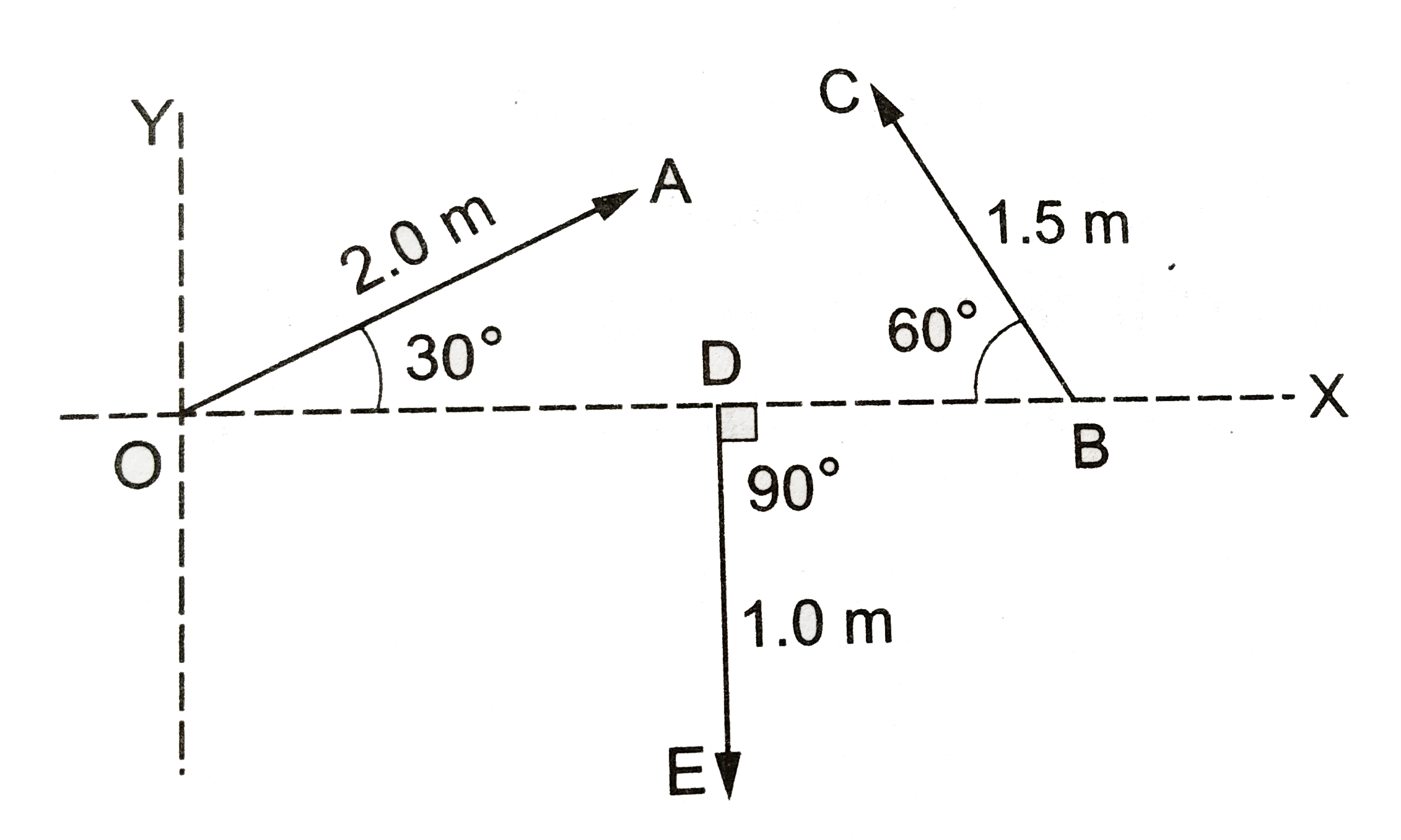V=x2+y. Find →E.
Video Solution
Text Solution
∂V∂x=2x,∂V∂y=1and∂V∂z=0
→E=−(ˆi∂V∂x+ˆj∂V∂y+ˆk∂V∂z)=−(2xˆi+ˆj)
|
Topper's Solved these Questions
- ELECTROSTATICS - I BOOK - MOTIONCHAPTER - ELECTROSTATICS - I EXERCISE - EXERCISE - 1 (Section A)
10 Videos
- ELECTROSTATICS - I BOOK - MOTIONCHAPTER - ELECTROSTATICS - I EXERCISE - EXERCISE - 1 (Section B)
10 Videos
- ELECTROSTATICSBOOK - MOTIONCHAPTER - ELECTROSTATICSEXERCISE - Exercise -3 Section (B) Previous Year Problems | JEE Main
30 Videos
- ELECTROSTATICS-IIBOOK - MOTIONCHAPTER - ELECTROSTATICS-IIEXERCISE - Exercise - 4 (Level - II)
30 Videos
Similar Questions
Knowledge Check
Electric dipole of moment →p=pˆi is kept at a point (x, y) in an electric field →E=4xy2ˆi+4x2yˆj. Find the magnitude of force acting on the dipole.
A4py√y2+2x2B2py√y2+4x2C4py√y2+4x2D2py√y2+2x2
→r=2tˆi+3t→2ˆj. Find →v and →a where →v=d→rdr,→a=d→vdt
View SolutionGravitational potential in x−y plan varies with x and y
coordinates as
V=x2y+2xy
Find gravitational field strength E.
View SolutionRefer to figure Find a the magnitude, b x and y components and c. the angle with the X-axis of the resultant of −−→OA,−−→BCand−−→DE.
 .
.
View SolutionIf →X and →Y are two vectors such that I→XI= I→YI and I→X−→YI = 10I(→X+→Y)I then find angle between →X and →Y
View SolutionIf electric field is
(a) →E=2axyˆi+a(x2−y2)ˆj
(b) →E=ayˆi+(ax+bz)ˆj+byˆk)
Find potential.
View SolutionIf →e1,→e2,→e3and→E1,→E2,→E3 are two sets of vectors such that →et→Ej=1,ifi=jand→et→Ej=0andifi≠j, then prove that [→e1→e2→e3][→E1→E2→E3]=1.
View SolutionIf y=e−x2, then find dydx.
View Solution
